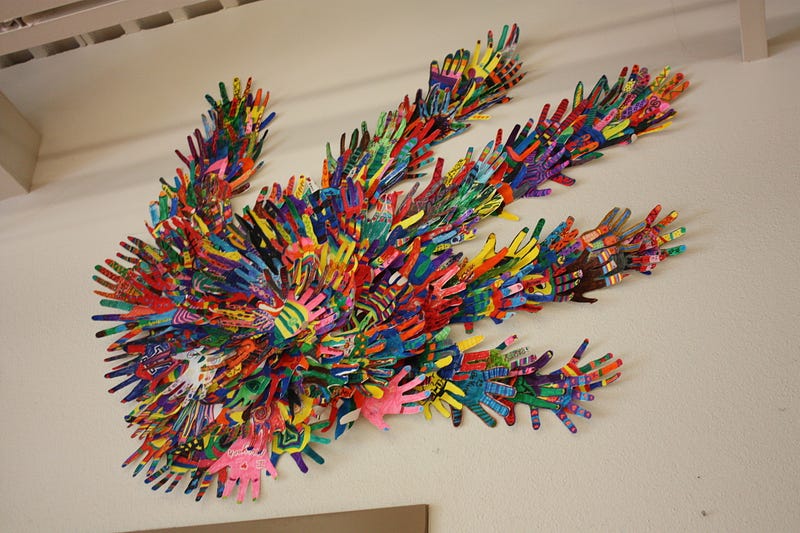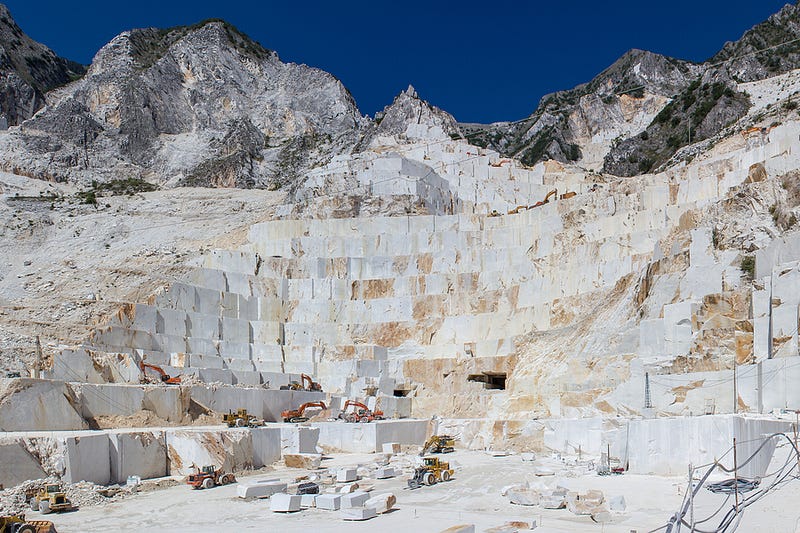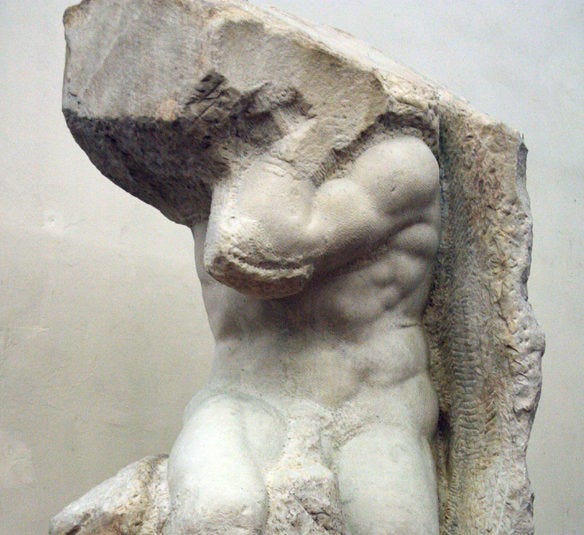
It’s common for people who work on products and services (founders, pm’s, designers..etc) to think of user research, or learning from users, as something uncreative. Something nice-to-have, but not as exciting or generative as making, designing and building.
As you might guess, this is a big misconception.
We often say ‘validate’ when talking about user feedback or user research. In fact, learning from users is often called user and usability testing. Testing assumes that you get a set of finite results. Analytics and data can tell you those binary results quite easily.
What happens most as an outcome of user testing is that you get inspirational results.
When you truly understand why your users are currently behaving the way they do, what you get is something beyond just a new insight or idea. It‘s like being motivated by a trusted mentor. They won’t always give you all the answers, but you will feel motivated by seeing things in new and meaningful ways. With enough curiosity, talking to users will let you feel something that creatively pushes you and your team beyond just getting a yes/no about an idea, feature or product.
Learning as fuel for creativity
Learning is a necessary part of any creative process. For example, a sculptor learns how different materials behave by manipulating them in different ways and understanding their behavior.
Michelangelo was obsessed with the marble stones for his sculptures. He spent months in the quarry at Cararra to find the perfect stone for a subject, often leaving little time for him to do the actual sculpting of the stone. Being in the quarry, he was constantly learning intimately about the medium of his work.

When it comes to products, your users are your medium. Understanding them intimately should be central to a product maker’s craft. The ‘happy accidents’ and inspiring discoveries should come from your users first—and the medium of your code, tools or platforms second.
Why user research seems uncreative
The first reason is that talking to users and doing user research takes significant time, skill and resources. You need to ask non-leading questions, find and recruit the right users and then be able to pattern-match and extract learnings. To makers, all of this can feel like chore and not as fun or important as crafting beautiful things.
The other big reason stems from the misunderstood cliche of the Henry Ford story—”If you ask people what they want, they would’ve said faster horses.” The big issue with Ford’s story is that asking users what they want is actually the wrong way to learn (he apparently didn’t even say it).
People don’t know what they want and they especially don’t know of a solution that they never heard of.
Instead of asking about opinions, if Ford asked about facts like—“When was the last time you rode a carriage and what problems did you face?” The answers definitely would have gone beyond an uninspiring ‘faster horse.’
Handcrafted creativity with users
“Thoughtful founders will often look back on the early days of handcrafted work w/ customers as one of the most creative phases of their careers.”— Reid Hoffman
This quote from the founder of Linkedin is from his interview with the CEO of Airbnb, Brian Chesky. Reid talks about how in the early years, great founders spend a lot of their time individually serving and ‘handcrafting’ experiences for each of their customers. And as a result, they spent lots of time getting feedback and learning from those customers. It’s not much different from what user researchers or customer service reps at larger organizations might do.
For Airbnb, their user-driven creativity came during their challenge of acquiring and growing more home listings for their service. Y Combinator’s Paul Graham told them to fly to New York to talk to their users to solve this challenge. When the Airbnb founders met their users in New York, they realized that potential renters were put off by the bad photos and descriptions of the listings on their site. So the founders went door-to-door to every home owner to professionally shoot photos of their properties and improve their listings.
 Surely the founders could have thought of this obvious idea on their own right? Probably. However, the creative inspiration in this case wasn’t so much the idea itself. It was that the Airbnb founders really felt this need first-hand from their users. And this inspired and propelled them to go above and beyond to creatively handcraft and execute this idea. To this day, Airbnb provides in-home professional photo services for their property listers.
Surely the founders could have thought of this obvious idea on their own right? Probably. However, the creative inspiration in this case wasn’t so much the idea itself. It was that the Airbnb founders really felt this need first-hand from their users. And this inspired and propelled them to go above and beyond to creatively handcraft and execute this idea. To this day, Airbnb provides in-home professional photo services for their property listers.
Inspiration beyond knowledge
There is nothing like watching a person either, smile with delight or just gnash their teeth and struggle and be frustrated when they’re using your product. It’s those kinds of stories that really, really fire me up — Frank Yoo
Inspiration and creativity is often thought of as a ground breaking insight or a brand new learning. When the live video streaming startup Justin.tv realized the needs of their users who were hardcore video gamers—they pivoted to create a multi-billion dollar company called Twitch. This kind of big light-bulb insight is what everyone is looking for when thinking about user research or testing. But just like billion-dollar unicorn startups, they are not the norm.
It’s often the case that you get inspired with something obvious or something you already knew. Imagine you knew that your product’s sign-up process had issues. And when you actually saw first-hand how users got frustrated—you immediately started to creatively come up with ways to make it better. This is user-driven creativity. It can occur as new knowledge, but it often comes as new feelings and motivation that spur creative action. Even with Justin.tv and Twitch, the founders knew for years that a portion of their users were gamers who live-streamed video games. It wasn’t until the founders started talking to these users that they realized how big their needs were.

Creativity not driven by users is like Michelangelo without his obsession for the marble stones in Carrara.
It’s the designer, founder or product maker’s job to come up with the creative solutions. And the creative constraints and inspiration driven from your users will propel you. They will provide you with the creative drive and direction to execute on all the hard details and complexities in making things people love.
